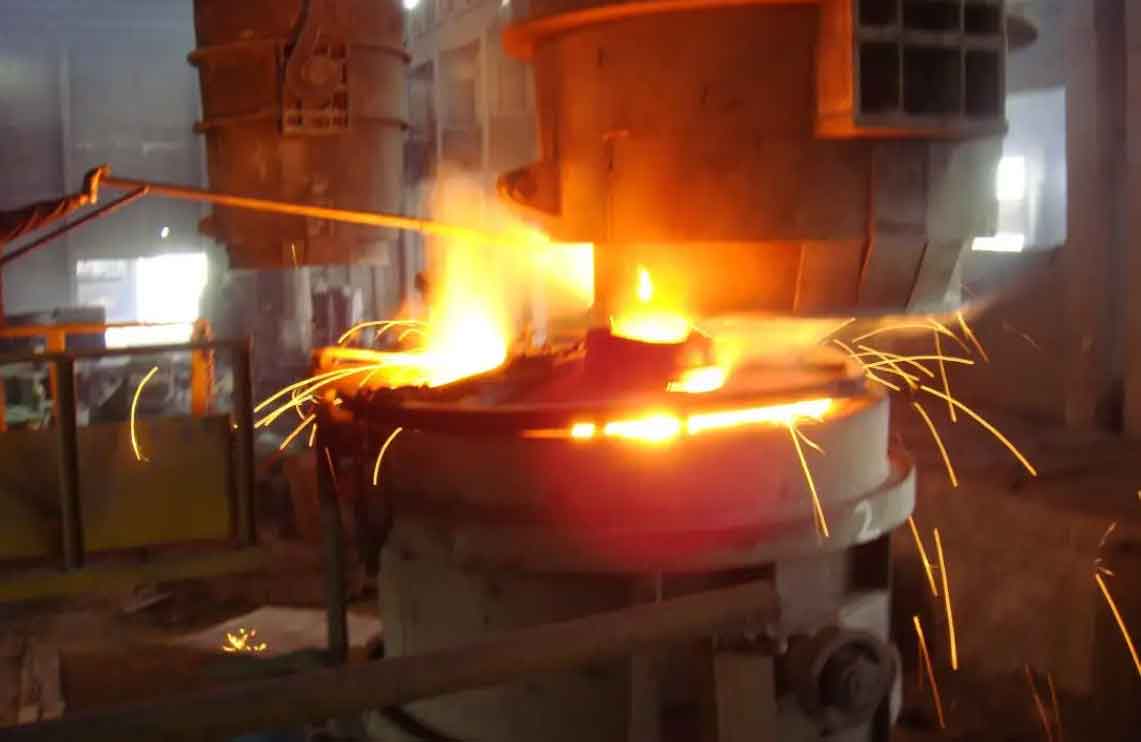According to the type of manufacturing process, the motor shell can be divided into welded motor shell and sand casting motor shell. The sand casting motor shell can be divided into cast iron motor shell and cast steel motor shell. The sand casting sand processes used mainly include clay sand process, sodium silicate sand process, furan resin self hardening sand and alkaline phenolic self hardening sand.
Clay sand mold is composed of raw sand, clay, additives and water in a certain proportion. The common feeding sequence is to mix the new sand with the recycled sand, clay powder, pulverized coal and other dry materials, and then add water to mix to the required moisture. Characteristics of clay sand process:
① When the pouring temperature is above 1580 ℃, the thermal effect of molten steel on sand casting mold is intense and takes a long time.
② Generally, ladle leakage pouring is adopted, and the metal liquid has a great scouring force on the sand casting mold.
③ The molten steel is easy to interact with the molding materials. At the same time, the molding sand has large moisture, and the gasification and migration of moisture will occur on the surface of the molding sand during pouring, which makes the surface of the sand casting prone to defects such as porosity, sand inclusion, sand hole, sand expansion and so on.
④ The dimensional accuracy of sand castings is low.
⑤ Good concession and easy sand falling.
⑥ Good economy.
Clay sand has the advantages of simple process, easy availability of raw materials, low price and small equipment investment. It has been applied to iron and steel parts to a certain extent. However, due to the prominent shortcomings of clay sand process, it is basically only suitable for the production of low-end sand castings. In the early stage, some foundry enterprises at home and abroad also used clay sand process to produce motor shell. However, due to the difficulty of adding water in the molding sand production process, the operation process is not easy to control, the strength of the sand mold itself is low, and the molten steel is easy to interact with the molding materials, it is easy to produce sand inclusion, pores and other defects in the sand casting. The dimensional accuracy of sand castings is low and the scrap rate of sand castings is high. In addition, after coating the sand mold, the coal kiln with coal as fuel is usually used for drying, and the manual addition of fuel will cause great pollution to the environment. In addition, the working environment is poor, the labor intensity is high, and the working environment is poor. Inconvenient management and difficult to form mechanized production. With the development of sand casting technology, most foundries have abandoned clay sand process and adopted sodium silicate sand process and resin sand process. At present, only a few small enterprises are still using clay sand process to produce low-end sand castings.

